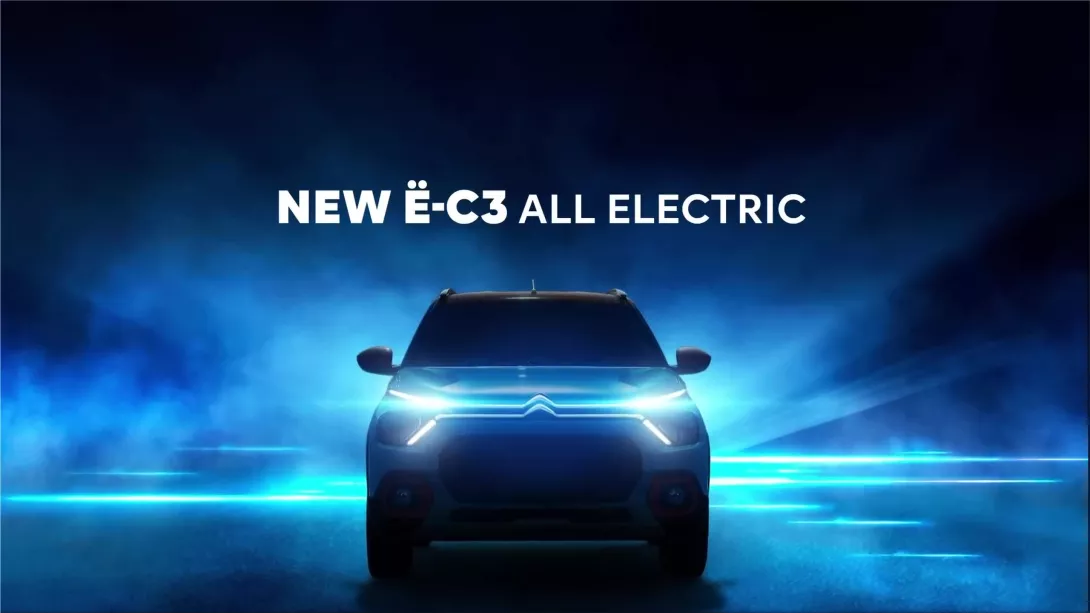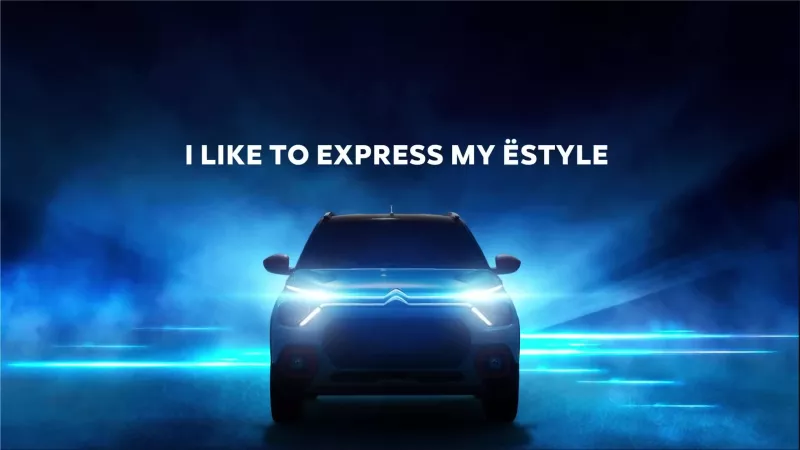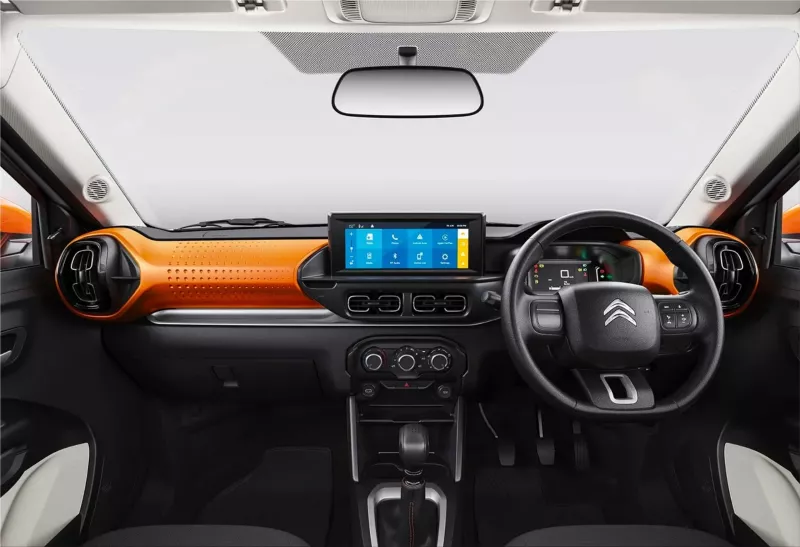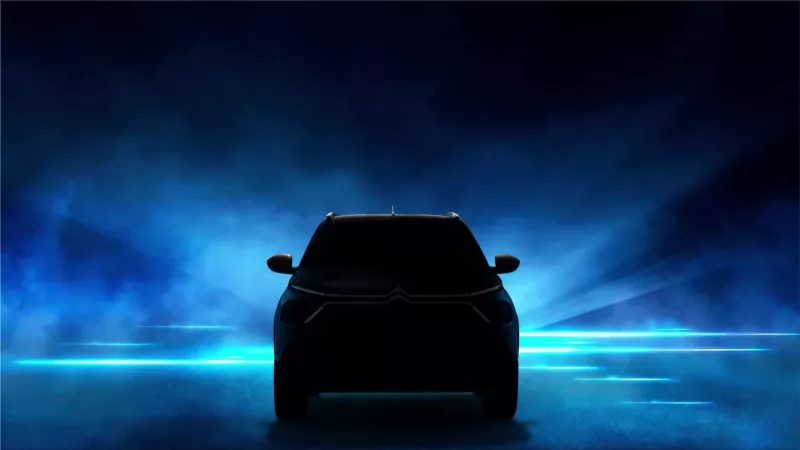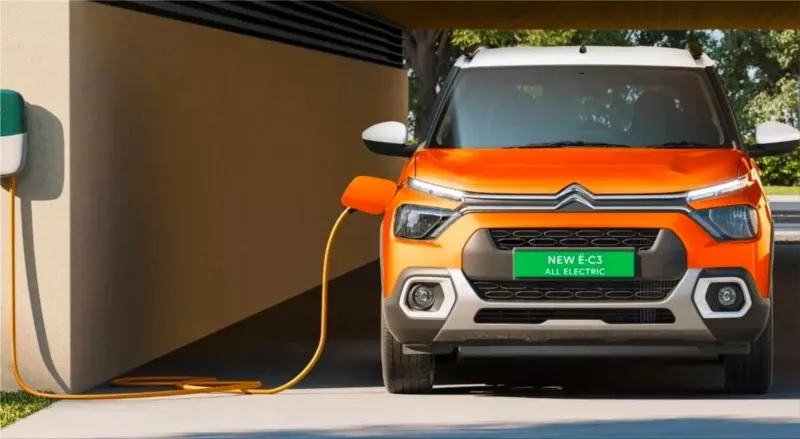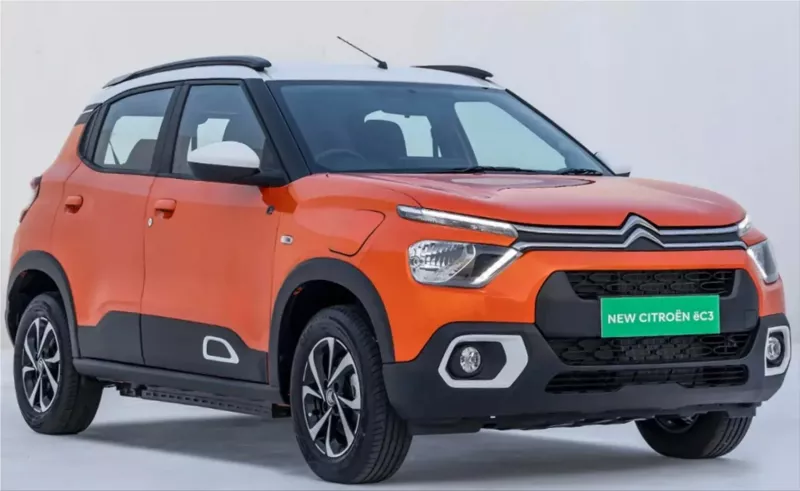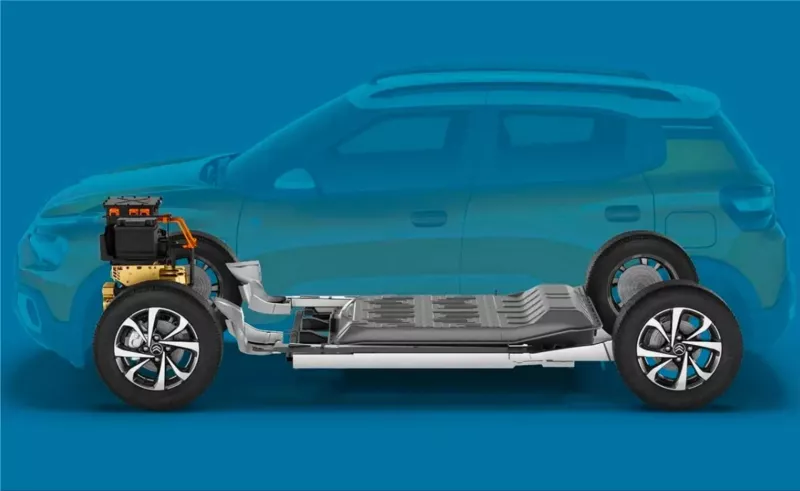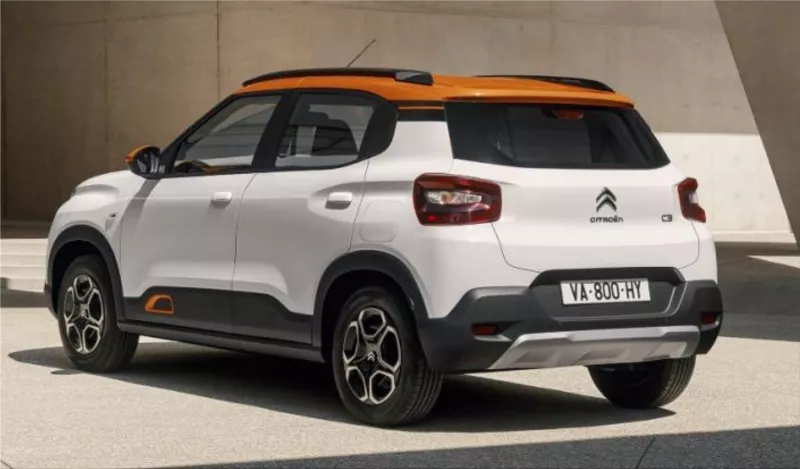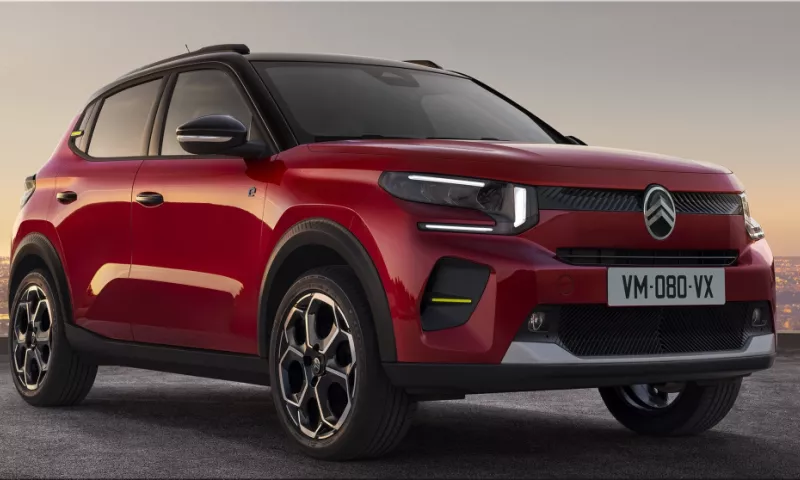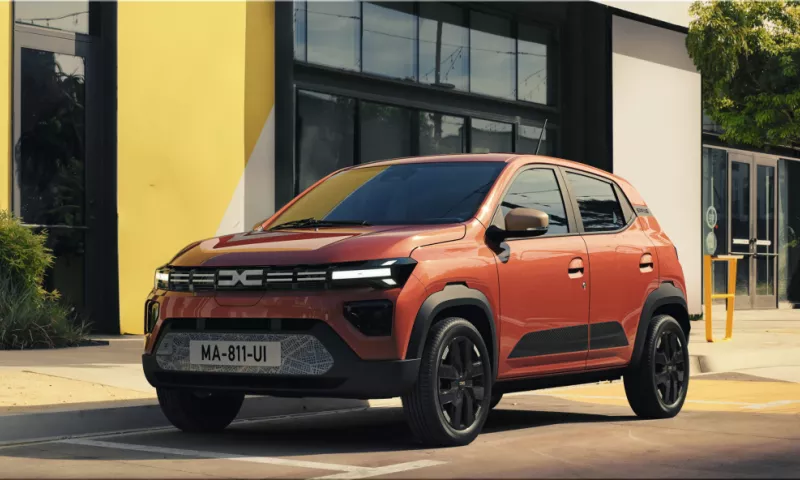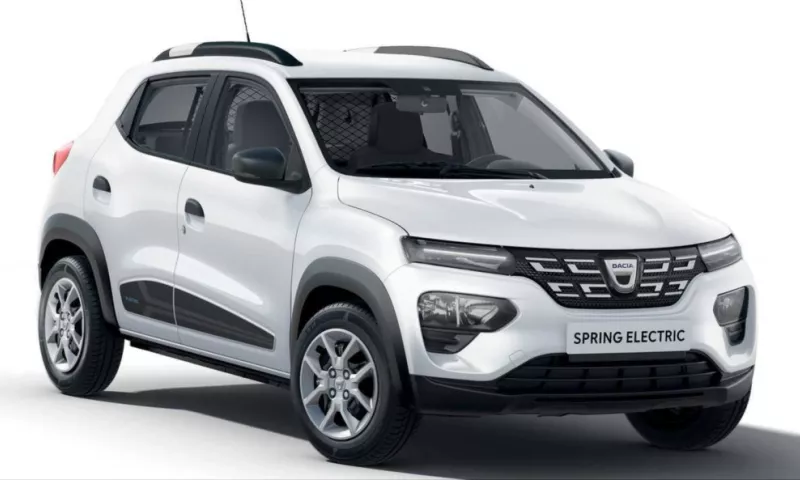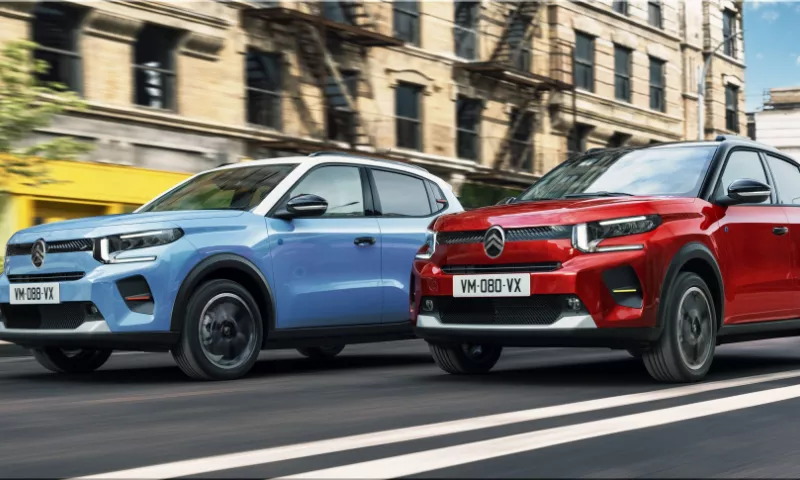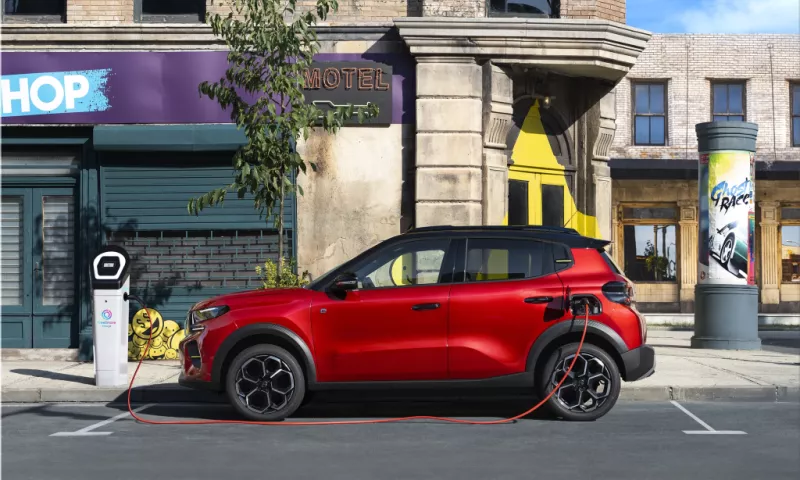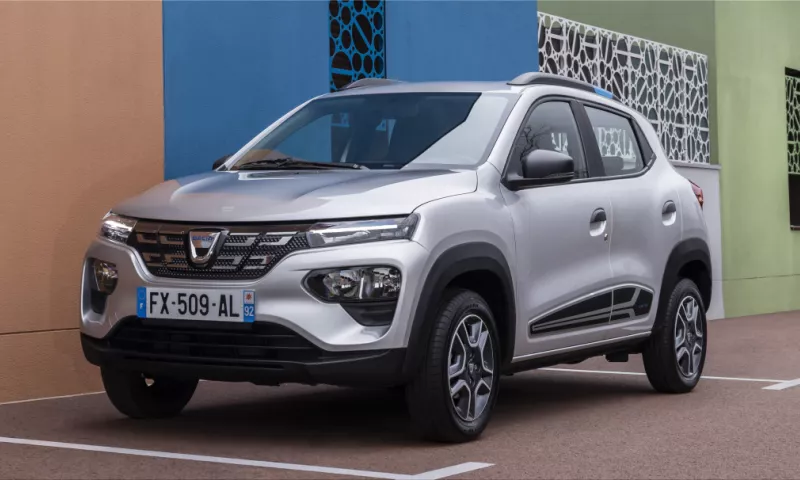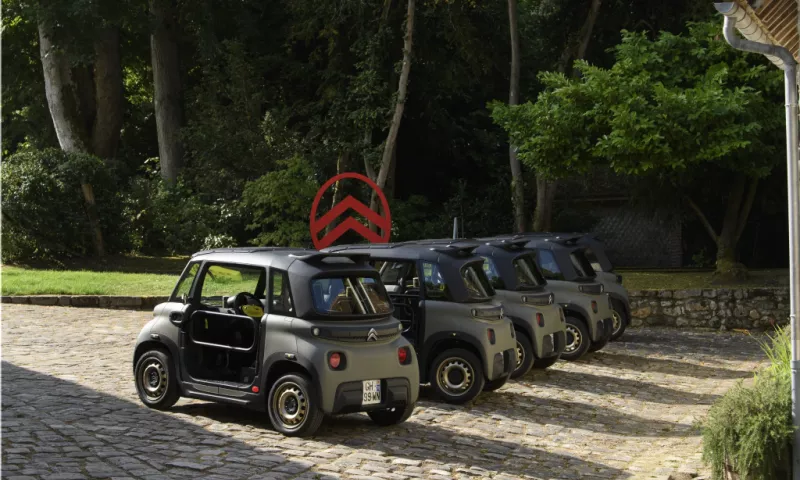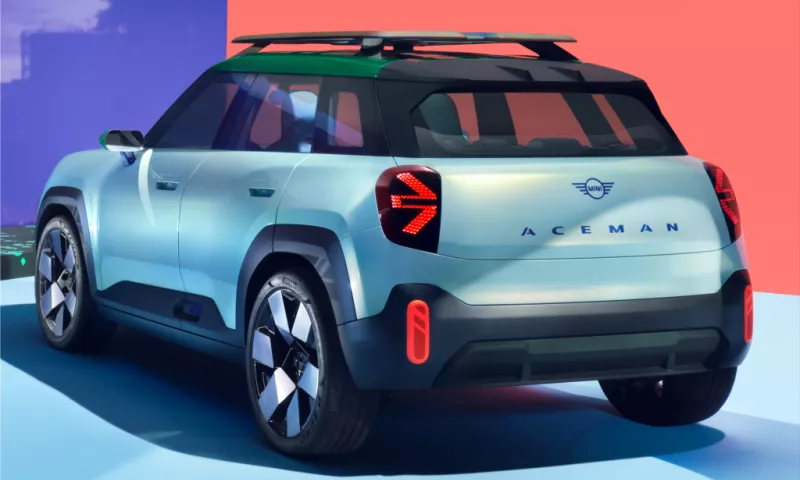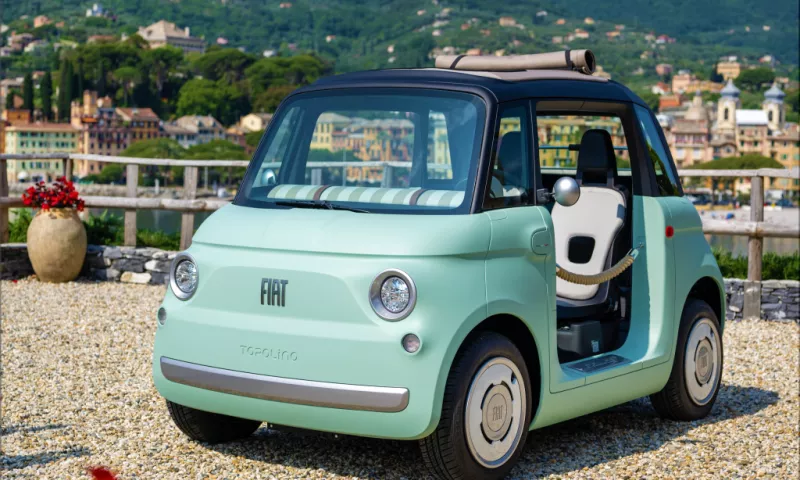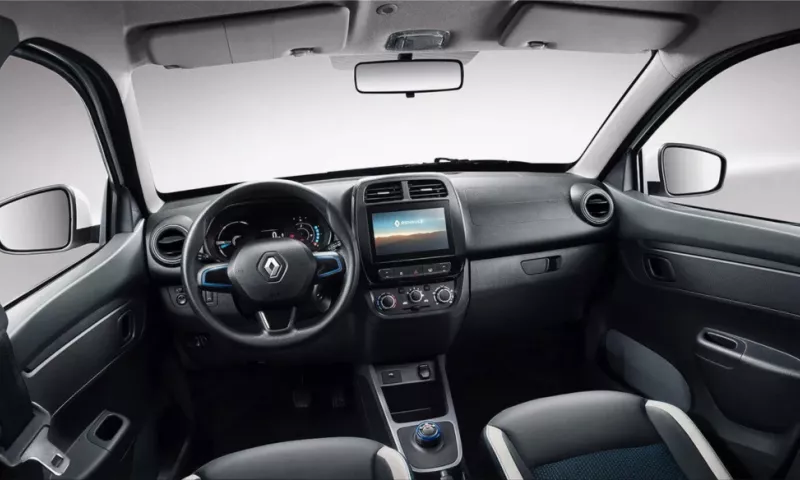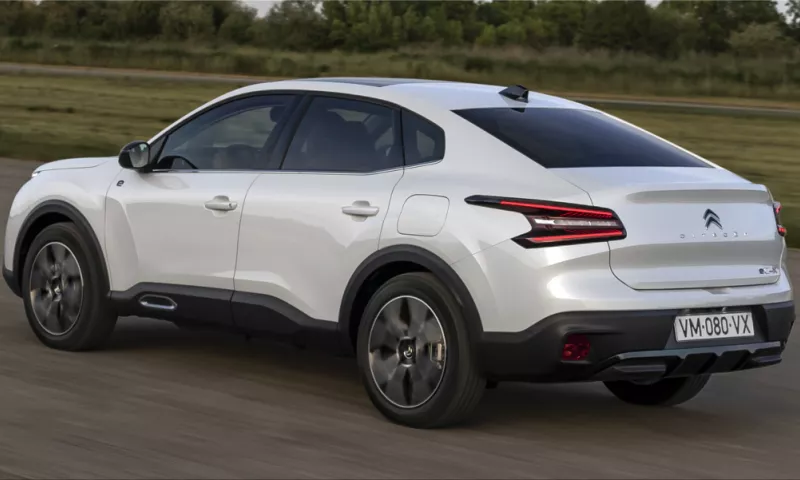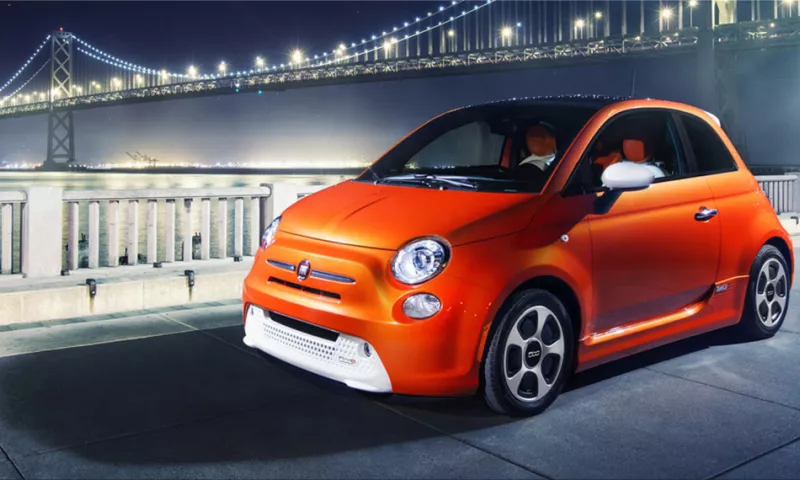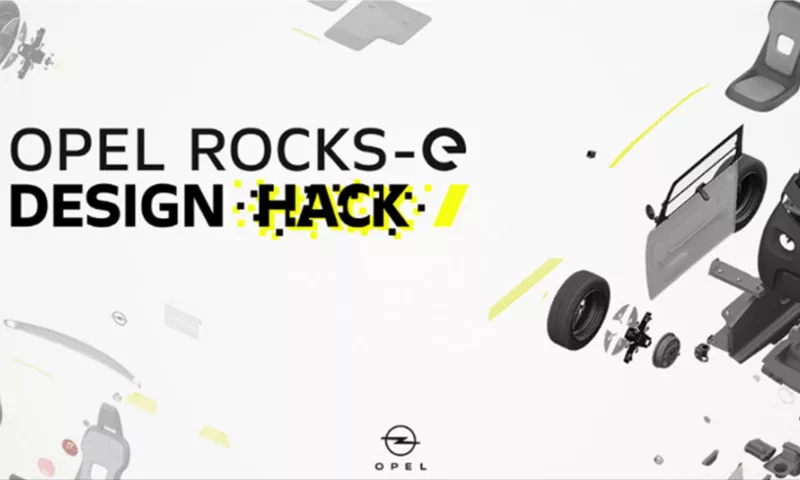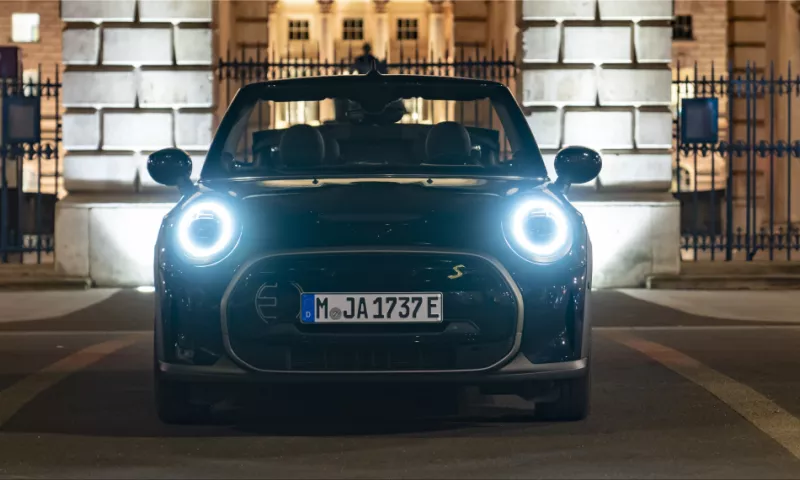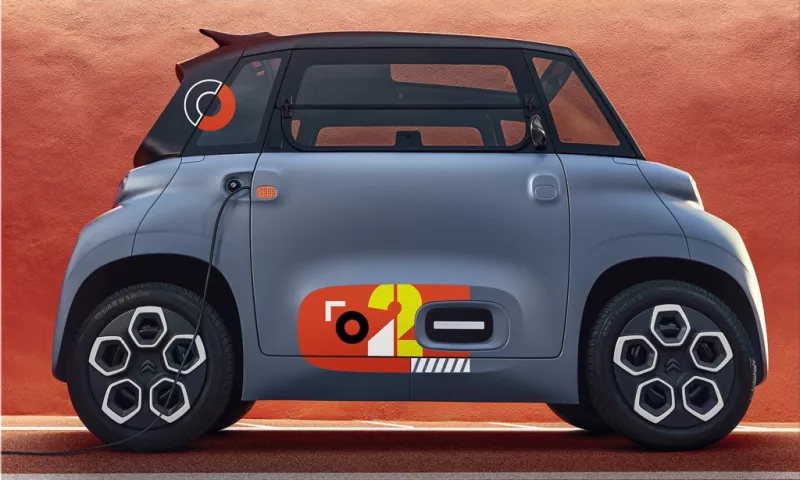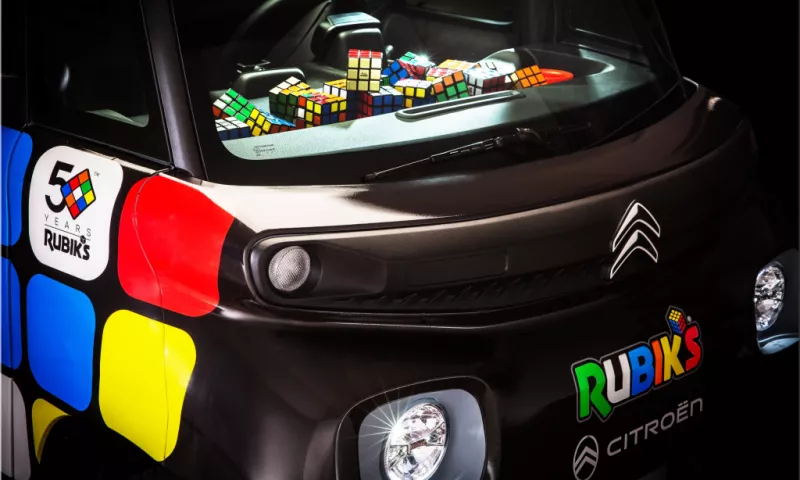A new low-cost electric vehicle has been introduced. This is the Citroen e-C3, a model created to be truly accessible to the masses. It will only be available in India and Brazil, though it is expected to arrive in Europe under a different name and with minor modifications.
The new Citroen e-C3 was created following the same technique that Renault used to develop the Dacia Spring: take a model built for emerging markets and add an electrical system on top. As a result, both automakers have produced a vehicle ideal for urban use yet lacking in luxury.
The new Citroen e-C3 is based on a platform derived from the Stellantis' e-CMP, but it has been extensively changed to meet the requirements of a less technically demanding car that is, above all, more economical. Stellantis has worked with Tata Motors on its development.
Your battery is, of course, the most important component of your technical schematic. Citroen claims 29.2 kWh of capacity, which is more than Dacia Spring's battery capacity of 27.4 kWh. Unlike the Romanian model, however, the e-C3 will use a LFP-type battery, which is less brilliant in terms of energy density but far more reliable in the long run due to scarcely detectable degradation over time.
The LFP-type battery powers an electric motor with a power output of 42 kW (58 hp), allowing it to reach a top speed of 108 kilometers per hour, an old figure restricting it to the urban area. Citroen has not claimed 0 to 100 kilometers per hour, but only 0 to 60, which it accomplishes in 6.8 seconds.

